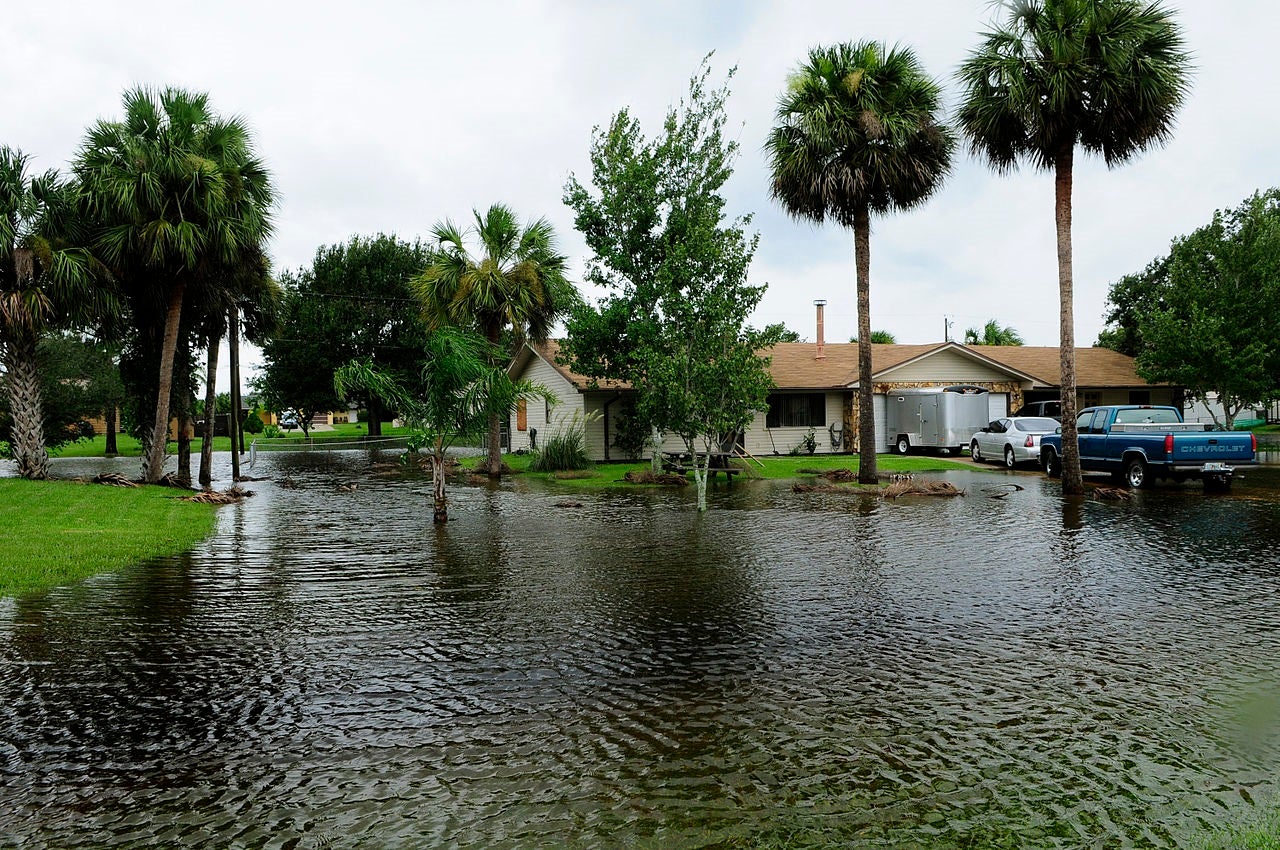This post was co-authored with Beia Spiller
Since 2000, major flood and hurricane disasters have cost the nation $499.5 billion – that’s more than double what floods cost us from 1980 to 1999 – and doesn’t even reflect damages from Hurricanes Harvey, Irma, or Maria. You’d think that at a time when our nation faces greater threats from extreme weather, reducing the economic and social costs of flood disasters would be a top priority.
Instead, President Trump rescinded a requirement that federal agencies take future flood risks into greater consideration for federal projects in or affecting floodplains, setting us up for future fiscal disaster. Given the number and size of this year’s hurricanes, and the devastation they have wrought to millions of Americans, it’s clear that we aren’t doing enough to reduce the costs of these disasters. Yet, President Trump’s action, if uncorrected, will increase the costs to our country. Instead of rolling back common-sense rules meant to protect taxpayers, Congress and the administration should be ensuring that our federal investments can better withstand the impacts of flooding.
Where and how we build helps us better cope with disasters and saves money
The two best ways to minimize flood damage losses are: building outside of floodplains and building structures capable of coping with flooding. Federal agencies should be held accountable for implementing these proven best practices.
According to the Department of Homeland Security (DHS), benefits of implementing stronger building codes for natural hazards include savings from lowered insurance rates, increased property values, and reduced losses during floods. When building codes offer enhanced protection against the threats of flood-related disasters, communities recover faster and reduce the fiscal pressure on governments responding to damages.
Furthermore, designing for resiliency can be cost-effective. According to one study evaluating the effectiveness of flood building codes, constructing new buildings to withstand floods by increasing their elevation usually costs less than 1% of the total building cost for each foot they are raised. And, given the risks of flooding over time, these investments were found to pay for themselves in as little as one or two years for those areas with the highest risk of flooding. It’s noteworthy that buildings constructed after Andrew, following the more rigorous codes, withstood Irma.
In light of this, it is ironic that the most hurricane-prone state in the country could retreat from its renowned building code system given that Florida Governor Rick Scott signed into law changes to state’s system that had been adopted after Hurricane Andrew. The changes include reducing inspections and the frequency of code updates, and allowing for fewer votes from the state’s Building Commission to make further code revisions. The latter is seen by many as an opportunity for the Commission, which is dominated by contractors and construction firms, to further weaken the codes that have been seen as some of the best in the country.
From 1978-2016, FEMA paid out more than $59 trillion (in 2016 dollars) for losses associated with significant floods, with 76% of those payments occurring after 2004. Importantly, the average paid loss increased by almost 2.5 times since 1978 (even after accounting for inflation). These moves toward lowered building codes and standards will only ensure more and more costly FEMA payouts, with taxpayers footing the bill. In the long run, these actions are ultimately at odds with administrations preaching fiscal conservatism.
Investing now to save in the future
Instead of taking such unnecessary risks, cities and states should adopt more stringent risk-informed building codes and zoning, so we can start building now for a more reliable, sustainable and resilient infrastructure. Similarly, the administration should enhance flood resilience standards for federal investments, including those made as part of disaster recovery, to reduce the costs of flooding today and in the future. Doing so will improve long-term protection of human health and welfare. If we build smarter now, communities, taxpayers and nature will reap rewards in the future.










